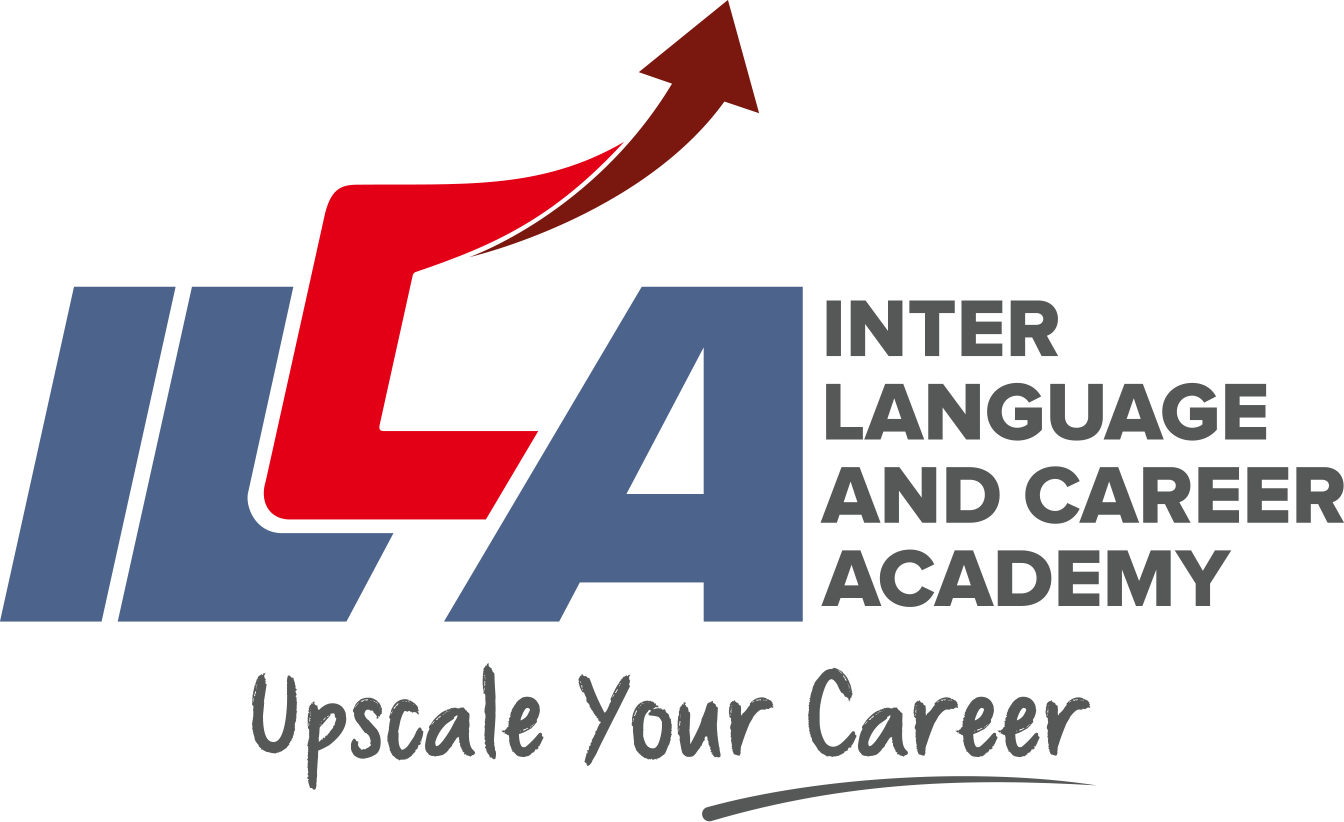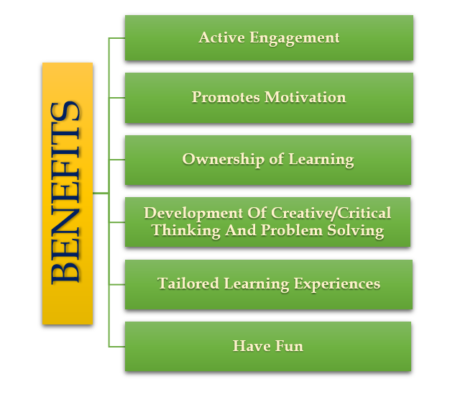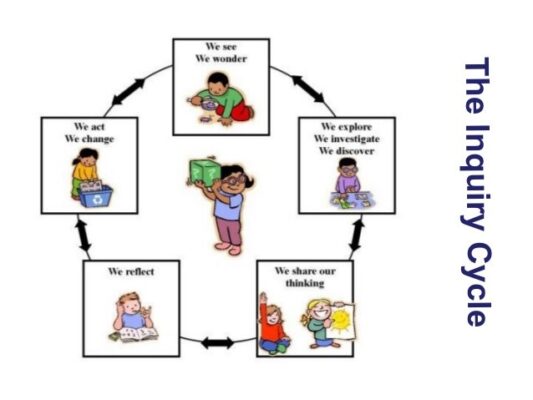DISCOVERY LEARNING
Discovery Learning was conceptualized by Jerome Bruner. It is also a method of Inquiry-Based Learning. This popular theory encourages learners to build on past experiences and knowledge, use their intuition, imagination and creativity; to enhance their critical thinking and problem-solving skills to search for new information to discover facts, correlations and new truths. Learning not only means absorbing what was said or read but actively seeking answers and solutions relevant to our surroundings. These are also the essentials for 21st Century Teaching/Learning Process.
BENEFITS OF DISCOVERY LEARNING
Inquiry-based teaching or Discovery Learning aims to increase student engagement in learning by helping students to develop the hands-on, minds-on skills needed for the 21st century. This approach is conducive for the complex work of learning. It prioritizes the prior knowledge and experience students bring to the classroom and it promotes active problem solving, critical thinking, and the shared construction of new ideas.
Critical Thinking Is an Educational Methodology That Has Truly Withstood The Test Of Time:
Emanating from a determination to provide a methodology through which learners were furnished with questions (not answers); this method asks learners to draw upon inquiry, curiosity, reasoning and self-reflection to derive the most suitable answer or way forward.
Traversing forward to more contemporary thinkers, it is relevant to draw upon examples like Albert Einstein, Thomas Edison, even Martin Luther King, who advocated the process of critical thinking and inquiry-based learning.
However effective implementation is as important as introducing critical thinking to primary pupils.
Here in this article, we have tried to compile the process of Discovery or Inquiry-Based learning in an easy way.
Allow free observation
When learners observe their environment and try to relate it with their learning Discovery learning enhances. That helps nurture their critical thinking abilities.
Allow critical thinking time
All dimensions of teaching include planning as the key component; so keeping this in mind plan future lessons by allowing extra time for learners to test their analytical and critical-thinking skills by giving them topics to explore and investigate.
Make connections to the real world
Real-world examples help learners arouse interest to their learning, so integrate practical applications and activities that will allow them to share their findings and thinking to see how they can apply their knowledge and skills in real life.
Encourage reflection to think about concepts
Critical thinking isn’t restricted to disseminating the knowledge and views of others, it is also about discovering our personal thoughts.
Pose questions
Develop your own set of critical thinking or ‘curiosity questions’ and share with other learners to bring in a change in the thought process.
This leaves them with something to think about and creates a valuable way of connecting the dots during future lessons. The Art of Teaching Is The Art of Assisting Discovery. Therefore we can conclude that Discovery Learning is the most beneficial technique to escalate the critical thinking and problem-solving skills of learners.



